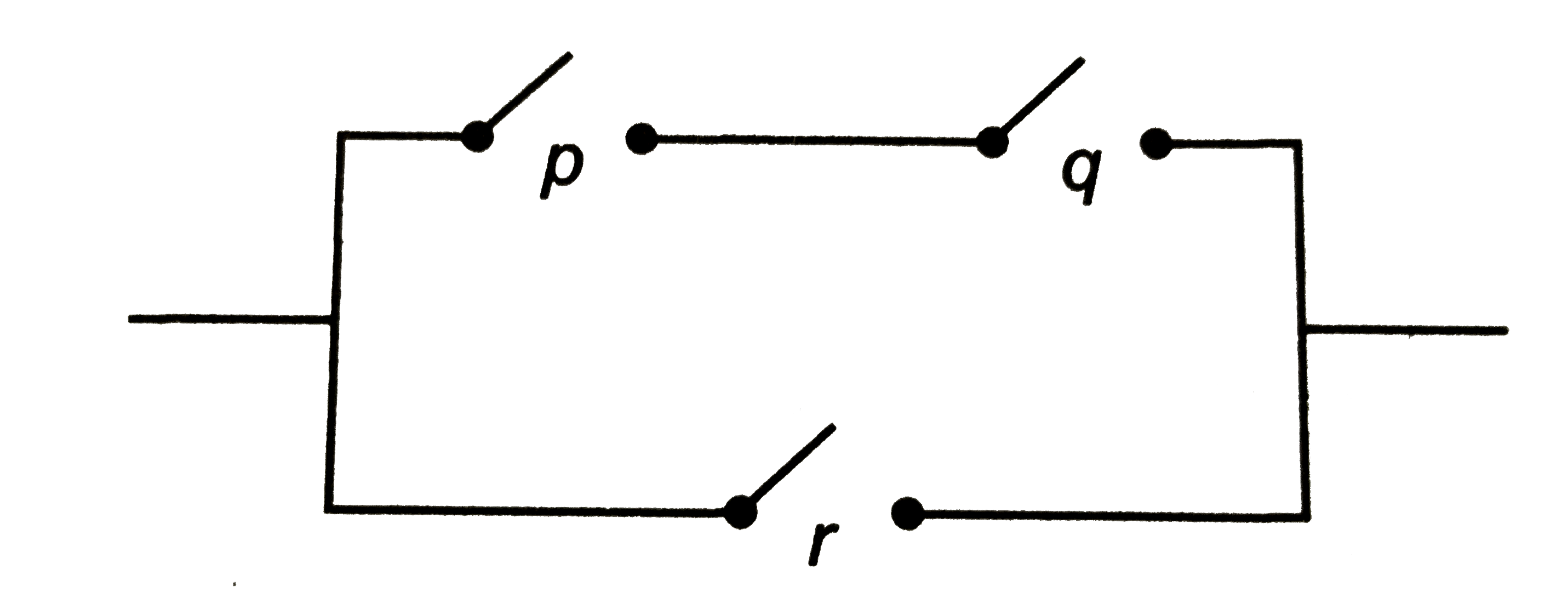Draw the diagram of a closed electric circuit. Mark the direction in which the electrons will flow in this circuit. Also mark the conventional direction of flow of current.
Step-by-Step Solution:
Step 1: Draw the Components of the Circuit
- Begin by drawing a simple closed circuit. Include the following components:
- A battery (or cell)
- A bulb
- A switch (key)
- Connecting wires (conductors)
Step 2: Position the Battery
- Draw the battery with its positive (+) and negative (-) terminals. The longer line represents the positive terminal, and the shorter line represents the negative terminal.
Step 3: Connect the Bulb
- Connect the bulb to the circuit using wires. The bulb should be placed in such a way that it is in series with the battery and the switch.
Step 4: Add the Switch
- Include a switch (key) in the circuit. Ensure it is positioned between the battery and the bulb.
Step 5: Complete the Circuit
- Connect the wires to complete the circuit, ensuring that the switch can open and close the circuit.
Step 6: Indicate the Direction of Current Flow
- Mark the conventional direction of current flow with arrows. The conventional current flows from the positive terminal of the battery to the negative terminal.
Step 7: Indicate the Direction of Electron Flow
- Mark the direction of electron flow with arrows in the opposite direction of the conventional current. Electrons flow from the negative terminal of the battery to the positive terminal.
Diagram:
+ -
| |
( ) ( ) (Bulb)
| |
| |
| |
| |
| |
| |
+------+
(Battery)
- Conventional Current Direction: From + to -
- Electron Flow Direction: From - to +
- Begin by drawing a simple closed circuit. Include the following components:
- A battery (or cell)
- A bulb
- A switch (key)
- Connecting wires (conductors)
- Draw the battery with its positive (+) and negative (-) terminals. The longer line represents the positive terminal, and the shorter line represents the negative terminal.
- Connect the bulb to the circuit using wires. The bulb should be placed in such a way that it is in series with the battery and the switch.
- Include a switch (key) in the circuit. Ensure it is positioned between the battery and the bulb.
- Connect the wires to complete the circuit, ensuring that the switch can open and close the circuit.
- Mark the conventional direction of current flow with arrows. The conventional current flows from the positive terminal of the battery to the negative terminal.
- Mark the direction of electron flow with arrows in the opposite direction of the conventional current. Electrons flow from the negative terminal of the battery to the positive terminal.
+ -
| |
( ) ( ) (Bulb)
| |
| |
| |
| |
| |
| |
+------+
(Battery)
- Conventional Current Direction: From + to -
- Electron Flow Direction: From - to +
Topper's Solved these Questions
- BOOK - PEARSON IIT JEE FOUNDATIONCHAPTER - CHEMICAL EFFECTS OF ELECTRIC CURRENTEXERCISE - CLASSROOM CORNER (VERY SHORT ANSWER TYPE QUESTIONS)31videos
CHEMICAL EFFECTS OF ELECTRIC CURRENT
- BOOK - PEARSON IIT JEE FOUNDATIONCHAPTER - CHEMICAL EFFECTS OF ELECTRIC CURRENTEXERCISE - CLASSROOM CORNER (COMPREHENSION-BASED QUESTIONS)5videos
CHEMICAL EFFECTS OF ELECTRIC CURRENT
- BOOK - PEARSON IIT JEE FOUNDATIONCHAPTER - CHEMICAL EFFECTS OF ELECTRIC CURRENTEXERCISE - TRACK YOUR LEARNING-IV5videos
CHEMICAL EFFECTS OF ELECTRIC CURRENT
- BOOK - PEARSON IIT JEE FOUNDATIONCHAPTER - KINEMATICSEXERCISE - LEVEL 318videos
KINEMATICS
- BOOK - PEARSON IIT JEE FOUNDATIONCHAPTER - DYNAMICSEXERCISE - CONCEPT APPLICATION(LEVEL 3)15videos
DYNAMICS
Similar Questions
Knowledge Check
- Question 1 - Select One
The conventional direction of an electric current is
Afrom excess electrons to deficient electronsBfrom deficient electrons to excess electronsCfrom high temperature to low temperatureDcurrent has no direction. - Question 2 - Select One
The direction of flow of electric current in an electric circuit is
Apositive to negativeBnegative to positiveCpositive to positiveDnegative to positive - Question 3 - Select One
The direction of the flow of current through electric circuit is
Afrom low potential to high potential.Bfrom high potential to low potential.Cdoes not depend upon potential valueDcurrent cannot flow through circuit.
The direction of the flow of current through electric circuit is
View SolutionConsider the circuit

Then, the current flow in the circuit isView SolutionIn an electric circuit state the relationship between the direction of conventional current in the direction of flow of electrons.
View Solution(a) Define electric current. What is the SI unit of electric current.
(b) One coulomb of charge flows through any cross-section of a conductor in 1 second. What is the current flowing through the conductor?
(c) Which instrument is used to measure electric current? How should it be connected in a circuit?
(d) What is the conventional direction of the flow of electric current? How does it differ from the direction of flow of electrons?
(e) A flash of lightning carries 10C of charge which flows for 0.01s. what is the current? If the voltage is 10MV, what is the energy?View SolutionFind the circuit flowing through the following electric circuit:
View Solution
